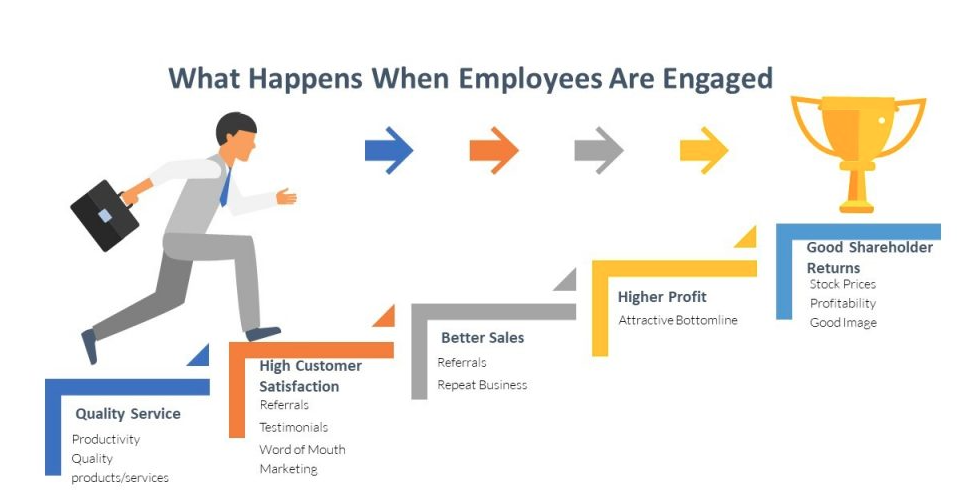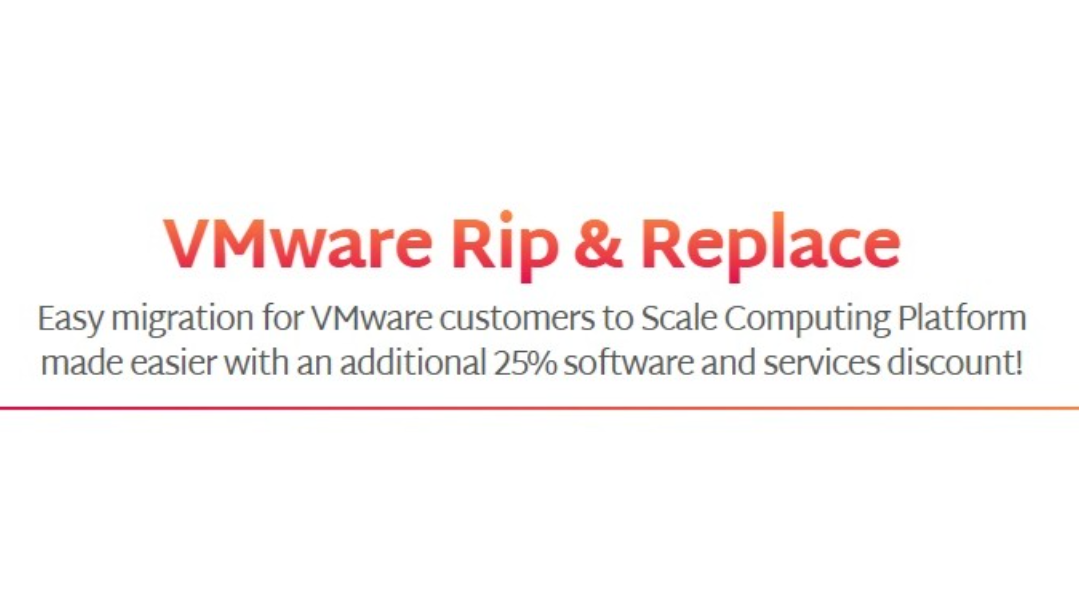How Middle Managers Drive Productivity And Employee Engagement

Table of Contents
Effective Communication: The Cornerstone of Middle Management
Clear, consistent, and transparent communication is paramount for successful middle management. Without it, misunderstandings, missed deadlines, and decreased morale are inevitable. Effective communication facilitates collaboration, builds trust, and empowers employees to contribute their best work.
Open Communication Channels
Creating open communication channels is vital. This involves fostering a culture of open dialogue, where employees feel comfortable sharing their ideas, concerns, and feedback without fear of retribution.
- Examples of effective communication strategies:
- Regular team meetings to discuss progress, challenges, and upcoming projects.
- One-on-one meetings to provide individual feedback, address concerns, and build rapport.
- Utilizing communication tools like instant messaging, project management software, and email for efficient information sharing.
- Negative impacts of poor communication:
- Decreased employee morale and job satisfaction.
- Missed deadlines and project delays due to confusion or lack of information.
- Increased conflict and tension within the team.
Active Listening and Feedback
Active listening is more than just hearing; it's about understanding and empathizing with employees' perspectives. Providing constructive feedback, both positive and critical, is equally crucial for employee growth and development.
- Techniques for active listening and giving effective feedback:
- Pay attention to both verbal and nonverbal cues.
- Ask clarifying questions to ensure understanding.
- Summarize key points to confirm comprehension.
- Frame feedback constructively, focusing on behaviors and outcomes rather than personality.
- Benefits of active listening and providing feedback:
- Improved employee relationships and increased trust.
- Enhanced communication and collaboration.
- Increased employee engagement and motivation.
Delegation and Empowerment: Fostering Ownership and Initiative
Effective middle managers don't micromanage; they delegate effectively and empower their employees. This fosters a sense of ownership and encourages initiative, leading to increased productivity and job satisfaction.
Smart Delegation Strategies
Delegation is about assigning tasks strategically, considering each employee's skills and strengths.
- Steps involved in effective delegation:
- Clearly define the task, expectations, and desired outcomes.
- Set realistic deadlines and provide necessary resources.
- Offer support and guidance without micromanaging.
- Regularly check in on progress and provide feedback.
- Examples of tasks suitable for delegation:
- Data analysis, report writing, project planning, client communication.
Promoting Employee Autonomy
Giving employees autonomy boosts their motivation and job satisfaction. Empowering them to make decisions and take ownership of their work cultivates a sense of responsibility and accomplishment.
- Benefits of empowering employees:
- Increased motivation and productivity.
- Improved problem-solving skills and decision-making abilities.
- Higher job satisfaction and reduced employee turnover.
- Strategies for fostering autonomy:
- Provide challenging assignments that stretch their abilities.
- Offer opportunities for professional development and skill enhancement.
- Encourage employees to take initiative and suggest improvements.
Mentorship and Development: Cultivating a High-Performing Team
Middle managers play a vital role in mentoring and developing their team members. Investing in employee growth fosters a culture of continuous improvement and builds a high-performing team.
Individualized Development Plans
Creating personalized development plans for each employee ensures that their individual needs and career aspirations are addressed.
- Strategies for identifying employee strengths and weaknesses:
- Regular performance reviews.
- 360-degree feedback.
- Observation and informal discussions.
- Examples of development opportunities:
- Formal training programs.
- Mentorship programs.
- Job shadowing opportunities.
- Conferences and workshops.
Recognition and Rewards: Celebrating Successes and Boosting Morale
Recognizing and rewarding employee contributions is crucial for boosting morale and reinforcing positive behaviors. It shows appreciation for hard work and fosters a positive and motivating work environment.
- Effective ways to recognize and reward employee contributions:
- Verbal praise and acknowledgement.
- Performance-based bonuses.
- Promotions and career advancement opportunities.
- Public acknowledgement of achievements.
- Positive impact of recognition and rewards:
- Increased employee motivation and engagement.
- Improved job satisfaction and reduced turnover.
- Reinforcement of positive behaviors and high performance.
Performance Management: Setting Clear Goals and Providing Support
Effective performance management involves setting clear goals and providing regular feedback to ensure employees are on track and receiving the support they need to succeed.
Setting SMART Goals
SMART goals – Specific, Measurable, Achievable, Relevant, and Time-bound – provide clarity and direction.
- Examples of SMART goals:
- "Increase sales by 15% in the next quarter by implementing a new marketing campaign."
- "Reduce customer support response time by 10% within the next month by streamlining the ticketing system."
Regular Performance Reviews
Regular performance reviews provide opportunities for feedback, goal setting, and identifying areas for improvement.
- Effective strategies for conducting performance reviews:
- Focus on specific behaviors and outcomes.
- Provide constructive criticism, focusing on improvement rather than blame.
- Collaboratively set goals for future performance.
- Document the review and create an action plan.
Conclusion
In conclusion, middle managers driving productivity and engagement are instrumental in organizational success. Effective communication, strategic delegation, robust mentorship, and focused performance management are crucial components of their role. By implementing these strategies, middle managers can cultivate a high-performing, engaged workforce and significantly contribute to the overall productivity and success of their organizations. Become a more effective middle manager today – master the art of middle management and drive productivity and engagement in your team!

Featured Posts
-
 The Jeanine Pirro Appointment Examining The Allegations And Their Consequences
May 10, 2025
The Jeanine Pirro Appointment Examining The Allegations And Their Consequences
May 10, 2025 -
 Ohio Train Derailment Investigation Into Lingering Toxic Chemicals In Structures
May 10, 2025
Ohio Train Derailment Investigation Into Lingering Toxic Chemicals In Structures
May 10, 2025 -
 Rising Sea Levels A Catastrophe For Coastal Communities
May 10, 2025
Rising Sea Levels A Catastrophe For Coastal Communities
May 10, 2025 -
 Uk Set To Implement Stricter Immigration Rules English Language Test Crucial
May 10, 2025
Uk Set To Implement Stricter Immigration Rules English Language Test Crucial
May 10, 2025 -
 1 050 V Mware Price Hike At And Ts Concerns Over Broadcoms Acquisition
May 10, 2025
1 050 V Mware Price Hike At And Ts Concerns Over Broadcoms Acquisition
May 10, 2025
